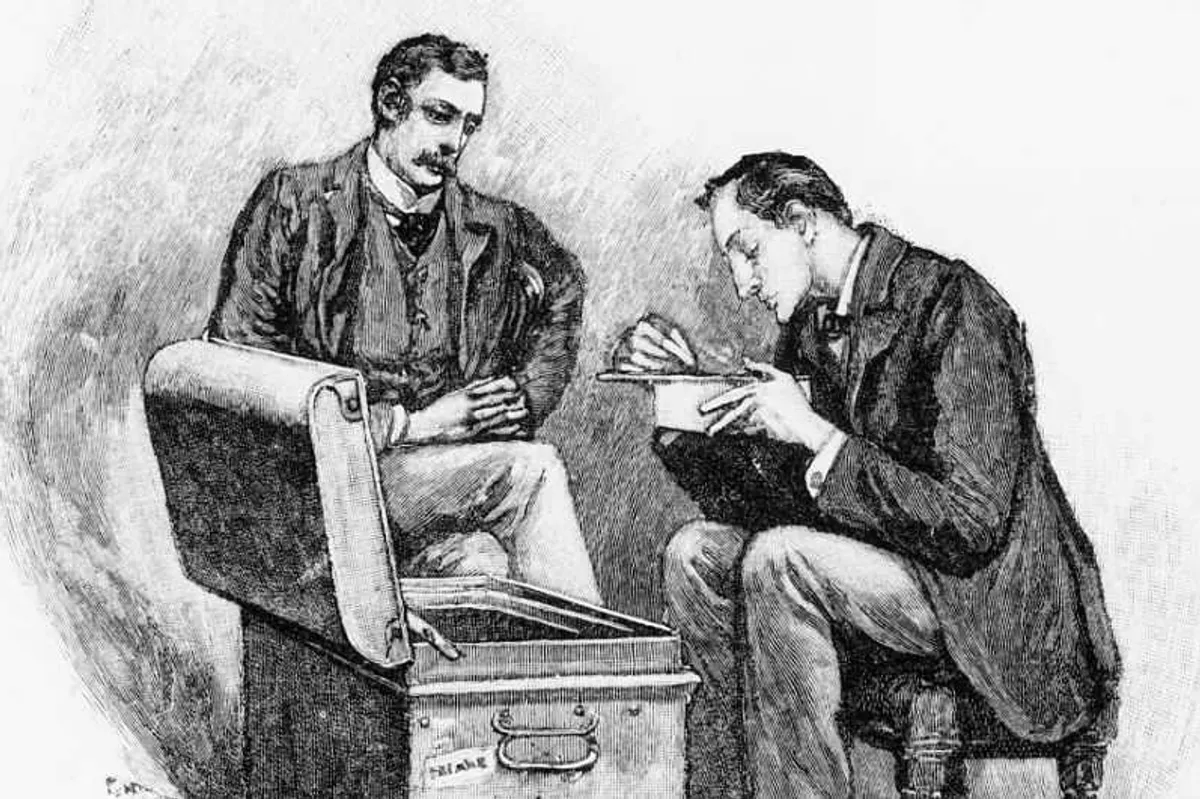The economic relationship between the United States and India has been driven perilously close to a rupture in the past month. President Trump is ready to impose 50 percent tariffs on Indian goods, starting next week. Those tariffs in turn threaten to wipe out businesses that depend on the export of Indian electronics, gems, seafood, carpets and more.
Lost in the tumult is the value that both the United States and India derive from the services part of their total trade, which topped $200 billion last year.
Mr. Trump has focused on the $46 billion deficit in goods that the United States ran with Indian companies in 2024. But over the same period, Indian and American companies bought and sold, in virtually equal amounts, $84 billion worth of services. The two countries have run a nearly equal balance in the exchange of services for several years.
A big reason is that two-thirds of Fortune 500 firms, from Meta and Microsoft to Walmart and Lowe’s, now rely on offshore operations across India.
In India’s biggest cities, multinational companies with American headquarters are building permanent corporate offices to do work across the world. Their annual payroll is far greater than the U.S. trade deficit Mr. Trump is concerned about. That is money that helps drive India’s economy and benefits companies with deep roots in the United States.
In the southern cities of Bengaluru and Hyderabad, Goldman Sachs has more employees, who are managing operations around the world, than it has in Mumbai, India’s financial capital. And on Monday, it announced an expansion in Mumbai, with a new office 50 percent larger than its existing location. Those bankers work the local stock markets, now the world’s fourth most valuable.
Thank you for your patience while we verify access. If you are in Reader mode please exit and log into your Times account, or subscribe for all of The Times.
Thank you for your patience while we verify access.
Already a subscriber? Log in.
Want all of The Times? Subscribe.
The post The Trade That Binds the Indian and American Economies appeared first on New York Times.




